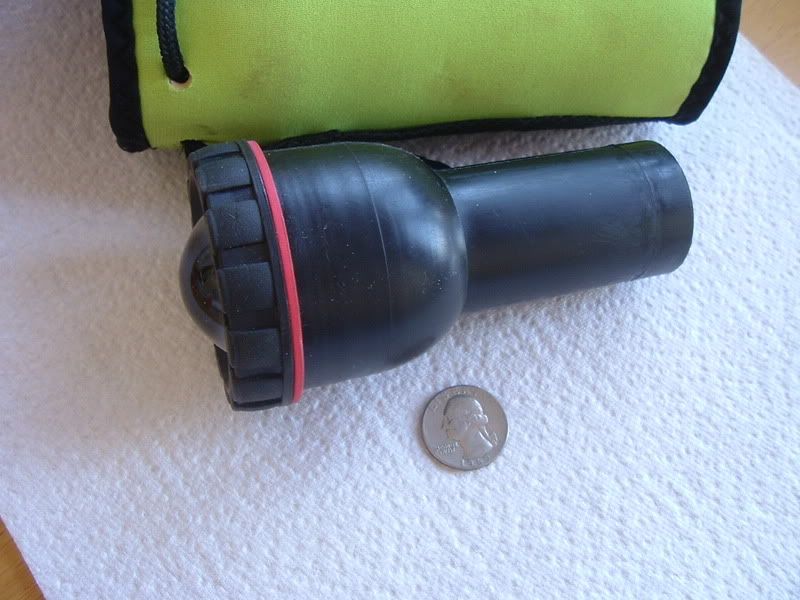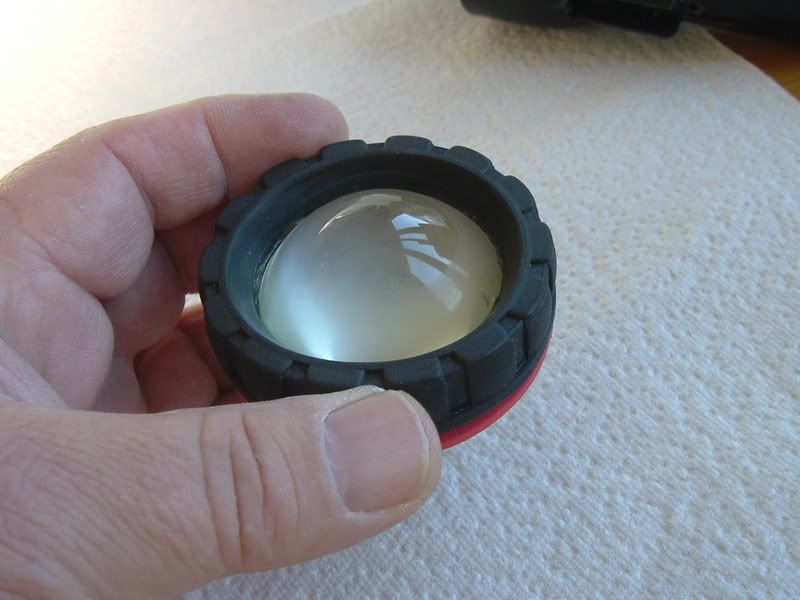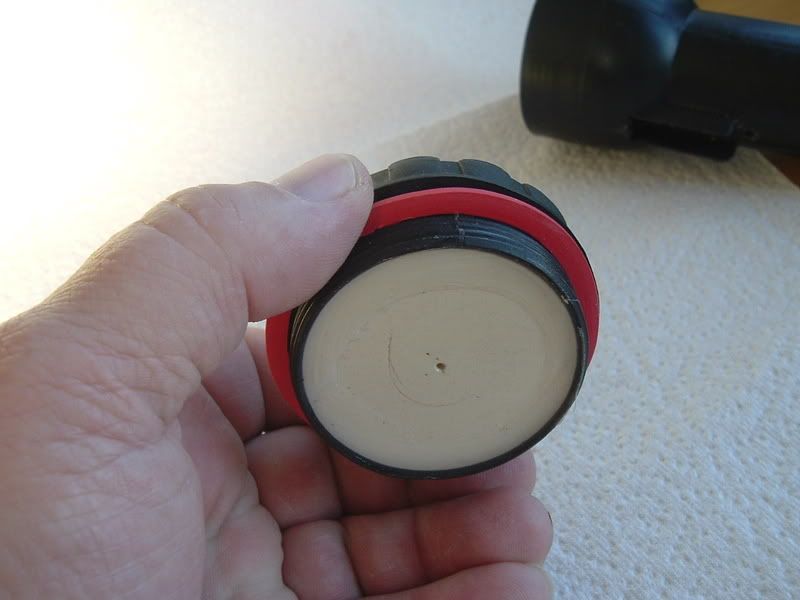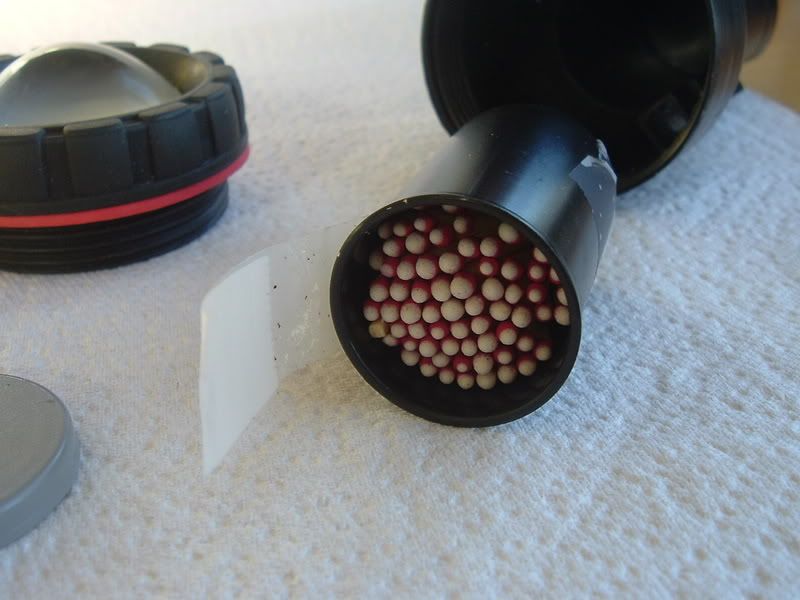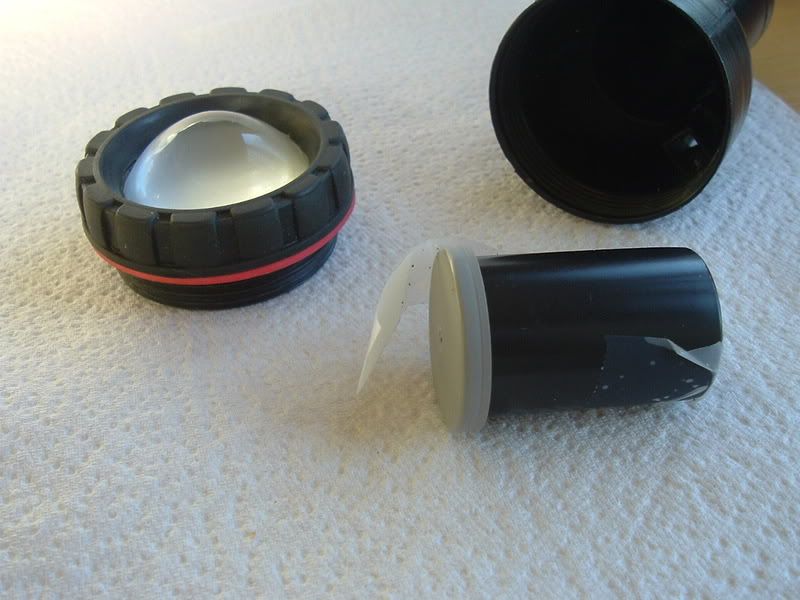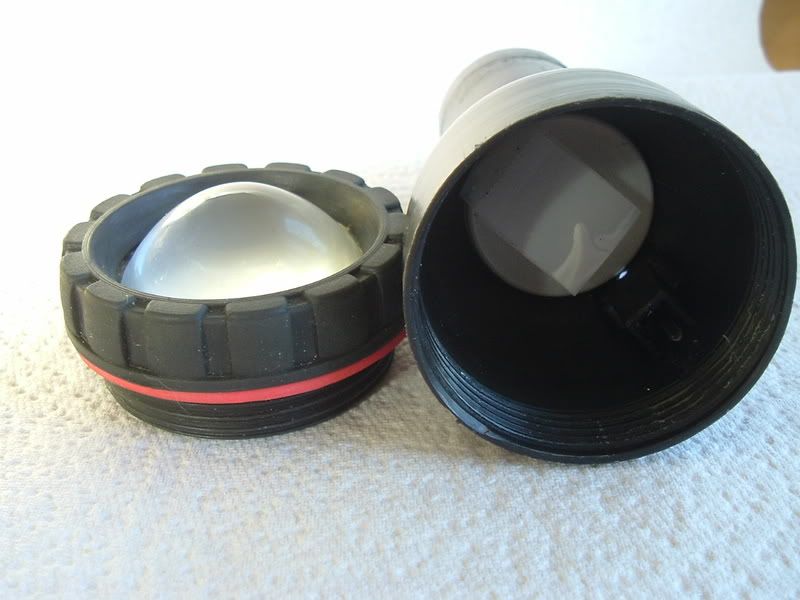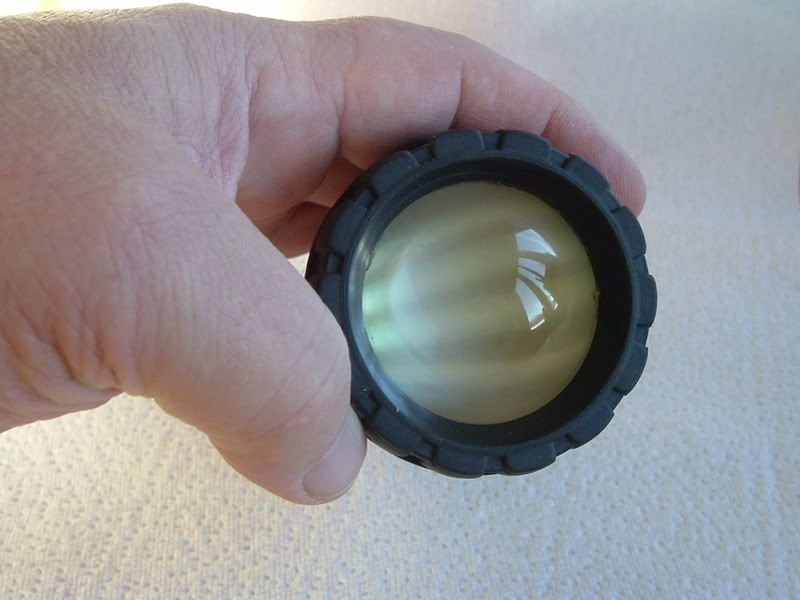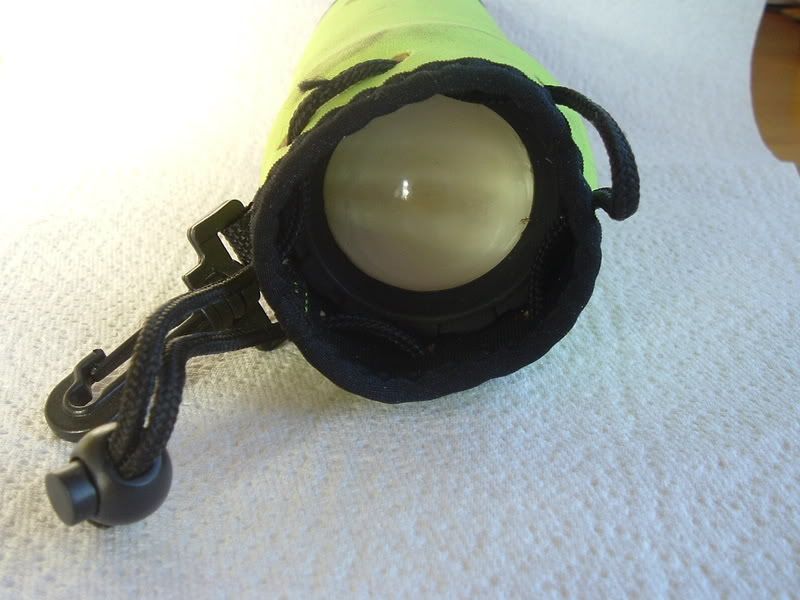Topic
20 year life expectancy flashlight
Forum Posting
A Membership is required to post in the forums. Login or become a member to post in the member forums!
Home › Forums › Gear Forums › Make Your Own Gear › 20 year life expectancy flashlight
- This topic has 5 replies, 3 voices, and was last updated 8 years, 2 months ago by
 David Thomas.
David Thomas.
-
AuthorPosts
-
Dec 24, 2016 at 6:50 pm #3441807
A few years ago I made this survival light . I used a flashlight housing. A condenser lens from a automotive “Driving Light” set.
The light is powered by four “Tritium” tubes made of borosilicate glass. The tubes are encased behind the condenser lens using silicone rubber and plastic sheet.
The life span of the light emitting tubes was 20 years the year I purchased them.
The unit produces enough light to see 5 feet in front of you when all lights are out. This is an emergency light. It is not a “for every day use”
Inside the handle of the light is a canister of “strike anywhere matches” There is also enough room in there for emergency medication ;) and a single edge razor blade and a sheet of polarizing film and hooks and some 2# test line and some other stuff. ;)
Unit is emitting light all the time, no on and off switch to fail. No batteries that leak acid when you least expect it ;-)







 Dec 24, 2016 at 7:54 pm #3441811
Dec 24, 2016 at 7:54 pm #3441811Jeez, Dan, that’s some pretty ballsy DIY – using radioisotopes! I loved my tritium-backlit watch in the 1970s. It was always on, had no battery drain and no buttons to push. As things got dark, you noticed the backlight. I remember the half-life as 11 years, but Wikipedia gives a NIST value of 12.32 years.
As your next project, I want you to make a tent heater from one of those cold-war-era Cobalt-60 RTGs Russian hunters find in the woods sometimes.
Dec 25, 2016 at 7:08 am #3441826I had access to several “exit” signs that used the tritium technology. 20 year life expectancy. Removed the tubes from one to make several emergency lights. I’m aware of the disposal procedures when the time comes. ;-)
Dec 25, 2016 at 8:10 am #3441829Is the radiation harmful to humans?
Yeah, things didn’t go well for those Russian hunters. It might be one of those Darwin awards – if you find a really warm spot where it’s frozen all around, maybe best to leave the area?
Dec 25, 2016 at 10:22 am #3441836I have heated water with sugar packet size thermite formula made special for backpacking using it with a SP600 mug.
Also used carbide for a unique way to fish ;-)
Dec 25, 2016 at 4:03 pm #3441854Jerry, tritium is a beta emitter so it is giving off electrons. (It is also giving off electron antineutrinos but those interact with normal matter so little, I presume them to have few health effects.)
Cut&Paste from Wikipedia: “most beta particles can be stopped by a few millimeters of aluminum. However, this does not mean that beta-emitting isotopes can be completely shielded by such thin shields: as they decelerate in matter, beta electrons emit secondary gamma rays, which are more penetrating than betas per se. Shielding composed of materials with lower atomic weight generates gammas with lower energy, making such shields somewhat more effective per unit mass than ones made of high-Z materials such as lead.
I know the astronauts on the ISS jump into polyethylene coffins during radiation storms, apparently for that effect described in the last sentence.
I suspect the flashlight housing Dan used is PE so that’s good, although it’s thinner than what the astronauts use. Maybe a little aluminum foil wrapped around the sides of the tritium tubes would help. Aluminum foil would be a nice addition to the survival matches, since it has so many uses as a pot, heat reflector, signaling device, etc.
My wrist would turn a little green under the tritium-backlit watch I had 35 years ago. I assumed (hoped?) it was due to some copper alloy in the watch case and not some exotic chemistry being kicked off by the beta or resulting gamma radiation.
-
AuthorPosts
- You must be logged in to reply to this topic.
Forum Posting
A Membership is required to post in the forums. Login or become a member to post in the member forums!
Trail Days Online! 2025 is this week:
Thursday, February 27 through Saturday, March 1 - Registration is Free.
Our Community Posts are Moderated
Backpacking Light community posts are moderated and here to foster helpful and positive discussions about lightweight backpacking. Please be mindful of our values and boundaries and review our Community Guidelines prior to posting.
Get the Newsletter
Gear Research & Discovery Tools
- Browse our curated Gear Shop
- See the latest Gear Deals and Sales
- Our Recommendations
- Search for Gear on Sale with the Gear Finder
- Used Gear Swap
- Member Gear Reviews and BPL Gear Review Articles
- Browse by Gear Type or Brand.

